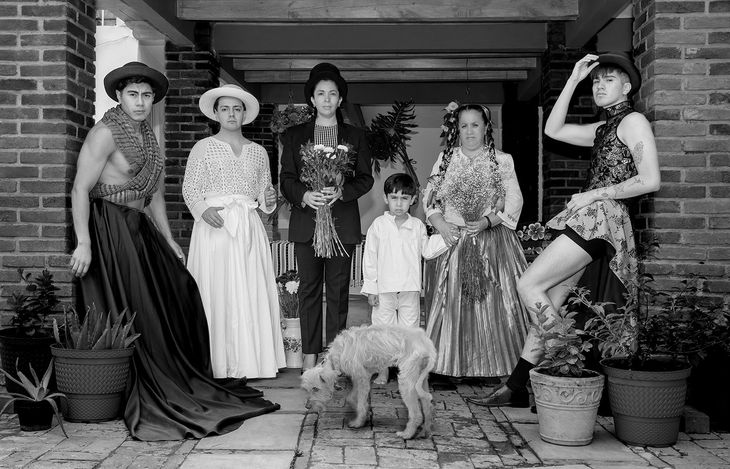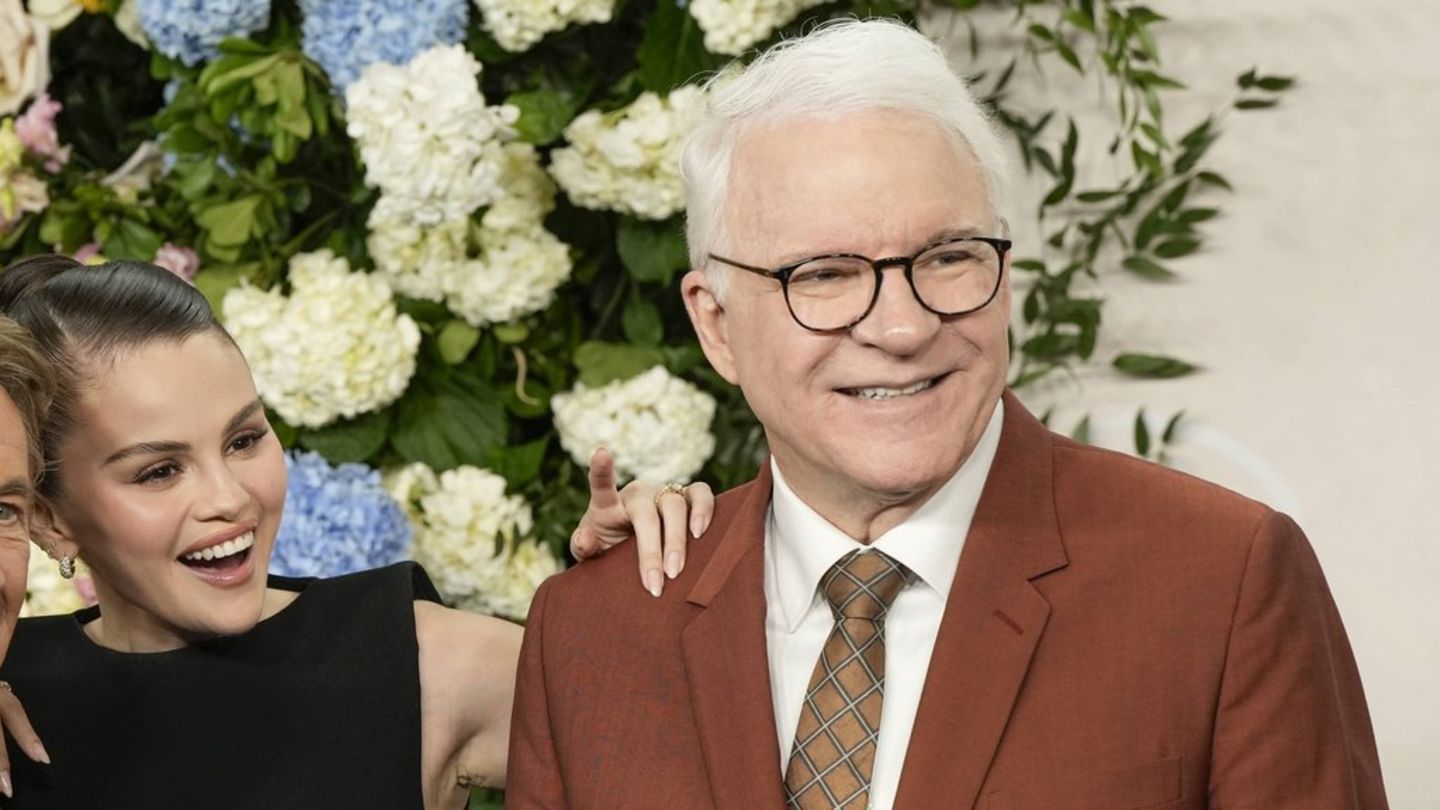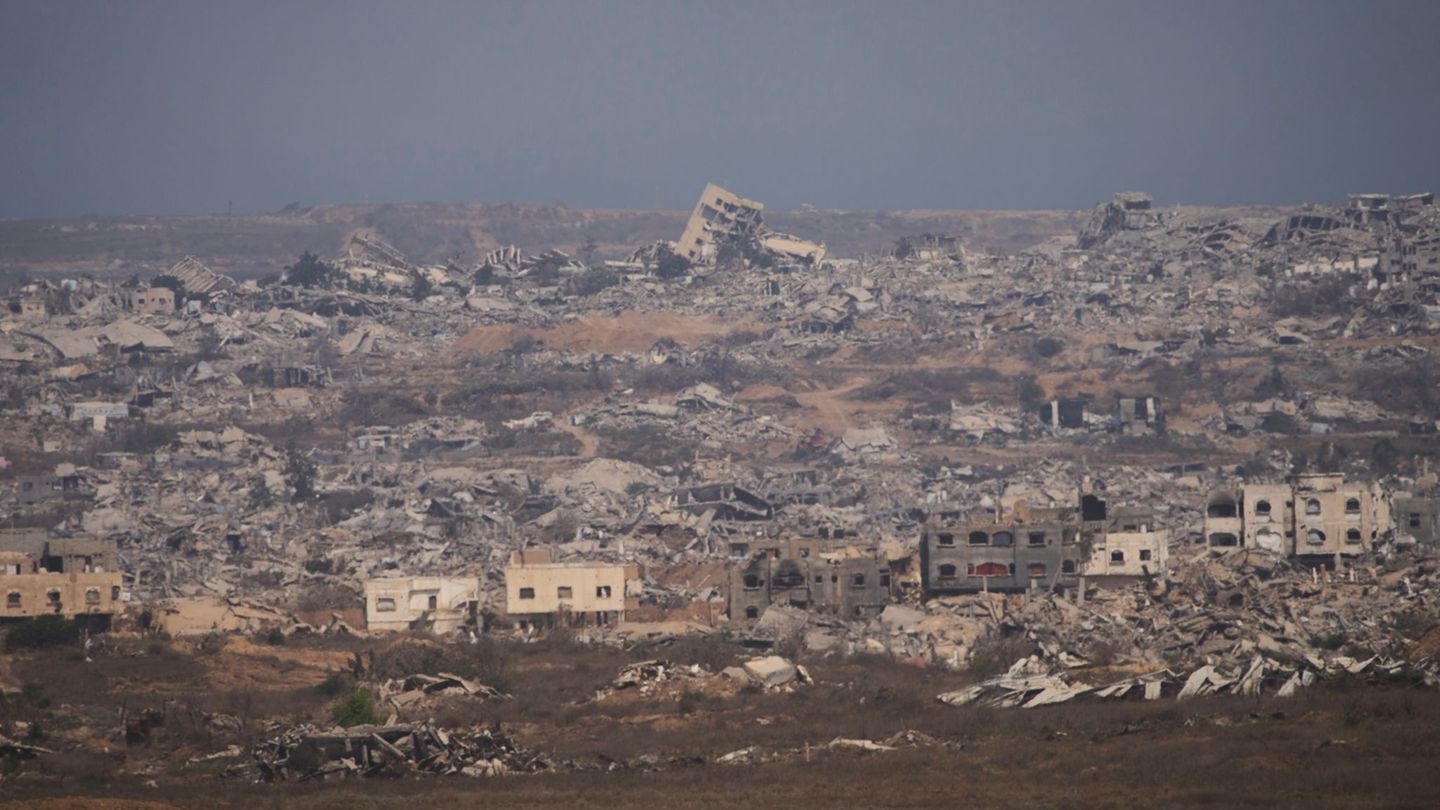Morquecho’s images exert a hypnotic seduction on the viewerAlthough realistic, in many cases they transport us to the world of the fantastic, of the dreamlike: a transition that links it to cinema, as does its extensive and laborious work with human models to obtain the precise image. Just as Flaubert spoke of “le mot juste” (the right word), Morquecho, as he will explain in the course of this dialogue, is capable of abandoning work with a model, beyond its physical beauty, if the desired connection to obtain the right image does not occur..
The presentation text states that Morquecho “reveals a work that is in a process of continuous transformation both personally and artistically, very similar to a child who sees the world anew. The eye line goes from shades and nuances of grey to the Oz of technicolor.My photography allows me to vent my feelings about a reality that is impossible to change”he says. Just like “Pain is universal, but so is recovery.”
“My mother had a huge box full of black and white photographs,” he recalls at the beginning of the dialogue. “That is probably where my preference for black and white, or sepia, over colour comes from. They were very old photos and I was transported back to those times. The beauty of those images that I saw as a child never left me. Then there were the magazines, the photos that appeared there, that whole world fascinated me, although I had never dreamed of dedicating myself to photography at the time.”
Morquecho divides his production into series, which he calls Projects, and which range from Street Scenes to Portraits, Darkness, the aforementioned Revolution, Landscapes and Abstractamong others. A special section is occupied by the winged figures, whose staging, loaded with deep symbolism, is among the most peculiar – and, once again, hypnotic – and which are some of the ones that take the most time.
“I became independent early, at 17,” continues the artist, who comes from a large, working-class family.Mexico is a very sexist country, my father was one, and he told me ‘if you want to be quiet, then be quiet’. And I went to Sonora, in the north, almost on the border with the United States.I did my military service there, in 45 degrees in the shade. They left us in the sun for hours and we watched the kids fall. Then I was able to start photography, but alternating my time with working to survive. I started with analog photography, that is, on celluloid, which was the usual thing. The darkroom, the red light, the chemicals, it was a fascinating world.”.
2-Revolution_Final.jpg
Photograph from the Revolution project, which shows the different roles of women and men in today’s world.
“My career really began in Guatemala,” she continues. “I was already living in Washington, where I met my partner, but later he was transferred to Guatemala and I went with him. It was there that I began seriously studying photography, with professional teachers. I realized that my time had begun. It was 2009, already the time of the digital era. I remember my first exhibition, just for a circle of friends, one Christmas, which was a success.”
Its beginnings had to do with the so-called Street photography, portraits, fashion shows, “which I still do in Paris or New York because I love it. They are different modalities that have their own demands. Street photography takes over: you have to capture the moment, what is happening. I create the portrait myself.””.
In “On my way” You can see some artistically worked nudes, another of his specialties. He tells it this way: “Shortly after, still in Guatemala, I started with nudes, which allows for immense creativity. But when I returned to Washington I found that I had to cover the models out of respect for the different religions. There were photo competitions that did not accept nudes. “That traumatized me a little because I was used to working with them. So I had to submit to those demands, but respecting my line of work.”
7-Grandma’s Secrets.jpg
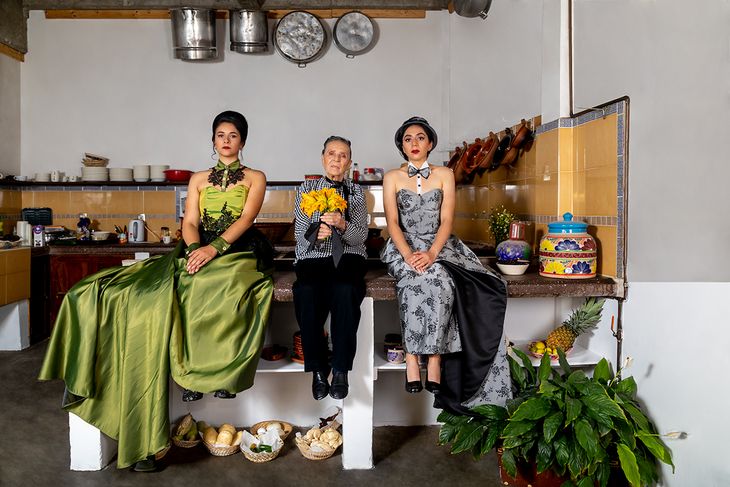
“Grandma’s Secrets”, another of Manuel Morquecho’s photographs that can be seen in “On the Road”
The creation
The preparation of each photograph requires an explanation, which Morquecho it is like this: “First I conceive it, I imagine it, and when I am executing it, hundreds of different ideas begin to emerge.; then I continue, I don’t stop, and other projects appear. I always need to prepare the model, for him to relax, to get in touch, and if there is no connection with me, no photo is possible. That connection is even more important than the beauty of the model. One of my most important works, ‘The Skin of Angels’, took me months to prepare. The model felt very arrogant and I said that it was impossible to photograph him that way. The body was perfect, but the thought and the soul were not there.”
The basis of this method, as we pointed out at the beginning with respect to cinema, is understood in his words: “A portrait of someone captures not only their body but their soul, and that is the most important thing for me. Every time I am hired for a job, I set myself a complex task. With some it is very easy, if they are friends or people I have already worked with. But not with new ones; I need to socialize; go out to eat together, go for a run, talk.. It is, I admit, a task that can be exhausting, but it is the one that gives me the best artistic results.”
And he continues: “The photo stage itself, when I consider that they are ready, has other demands. I ask them to bring different clothes so that they can change, relax, start to feel comfortable in front of the camera. And when they are ready, I start taking the photos until I get the one I want, which matches what I thought, dreamed, imagined. Of course, sometimes it doesn’t turn out exactly what I’m looking for, but maybe something better, and that’s welcome.”
41.jpg
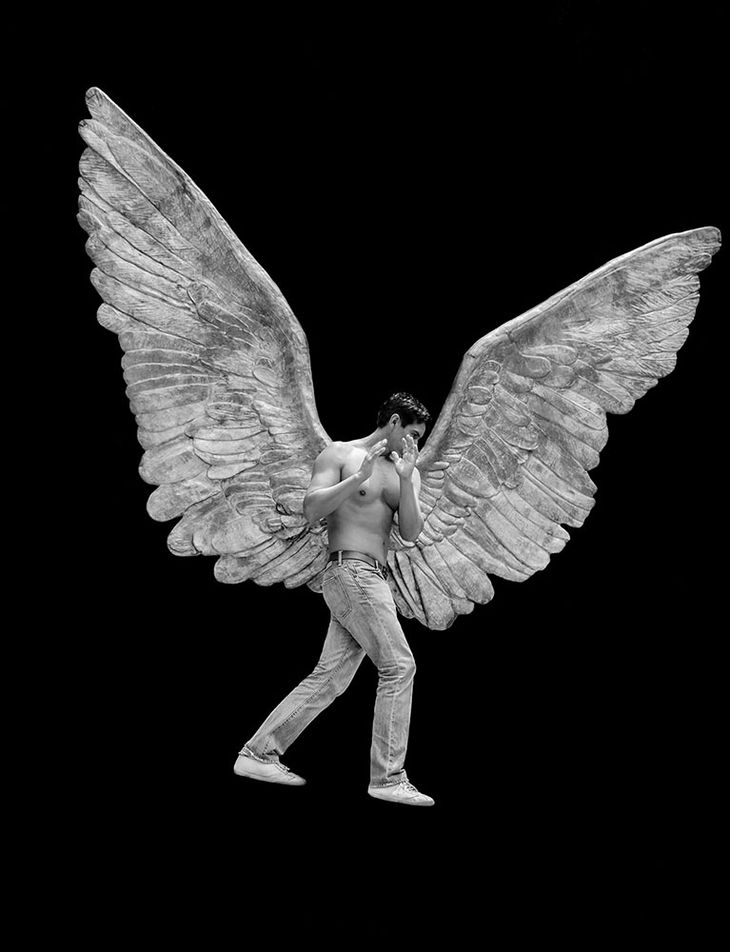
The body and its wings, which do not carry a precisely angelic load but those painful experiences that we call “backpacks”
Smoke and winged beings
Smoke and winged portraits are two of the themes that draw attention in his images. “Smoke is important in my work,” he admits. “They are portraits, for example, of smokers, who in some cases have their faces half hidden by the smoke. I also incorporate the smoke of the cities, of the streets. Smoke creates a very particular atmosphere in the photograph.”.
As for the winged beings, he thinks for a moment before answering: “That is a unique project. I work a lot with my feelings and with what is happening in my life. I combine reality with fantasy. The wings project was my second one, before that there was ‘Buscando un camino’, then came ‘La piel de los ángeles’.”
“Well,” he continues, “this project was born when I discovered a family secret, a painful secret, and I needed to express it in my work in some way. There are many times when one cannot share certain secrets with anyone, whether one’s own or those of others. So I turned to wings. Wings are supposed to be white, but in my photos the wings are getting tinted, they turn grey, they represent a weight. That weight that we carry on our backs and that we must bear.”
We told him that in our jargon we usually call these wings “backpacks.” “Yes, I know, just like in Mexico, and also here, they talk about a very heavy cross. That was an important project.” Another was Darkness, which was born from a complicated family situation, full of psychological problems. Situations that were beyond my control. All the images that correspond to that project are black, because that’s how I felt, in the middle of the darkness..”
We asked him if that stage could also be applied to the years of the pandemic, but he replied that that moment was of a different order: “That was a very special moment, I have done a lot about the pandemic. But I never allowed politics to creep into my photos, even though politics played a strong role in it. But I didn’t give it room. During the pandemic I photographed myself alone. I was in Washington and it was as if the city was deserted for me. I went out for a run every day.”
As a legitimate artist, Morquecho He avoids retouching and digital post-editing of his images. He rejects it with vigour: “Modifying a photo makes it lose its essence, it is what we were saying before about the soul that is in the photo. Sometimes, especially when the photo is in color, I clean it up a little if necessary. Especially at fashion shows because they have to be impeccable. But when it’s a work of art, it is what it is. I would never, for example, remove wrinkles from a face. Wrinkles can give beauty. How am I going to remove them?”
“Morquecho”—the exhibition’s introductory text adds—“he feels like he came late to the art world; however, by most creative standards there is no timetable for such a unique voice to blossom. By any measure, these photographic achievements stand firm and will only “end when your heartbeat stops” as the artist emphasized.”
Among his many solo and group exhibitions are Onishi Gallery (New York), Boston University Center for Digital Imaging Arts (Washington DC), “Parallax Art Fair” (London), “Espace Vision´Art” (Paris), and The Contemporary Art Collectors Online Exhibition “Beyond Utopia: Visions of a Perfect World”.
Source: Ambito
I am an author and journalist who has worked in the entertainment industry for over a decade. I currently work as a news editor at a major news website, and my focus is on covering the latest trends in entertainment. I also write occasional pieces for other outlets, and have authored two books about the entertainment industry.

